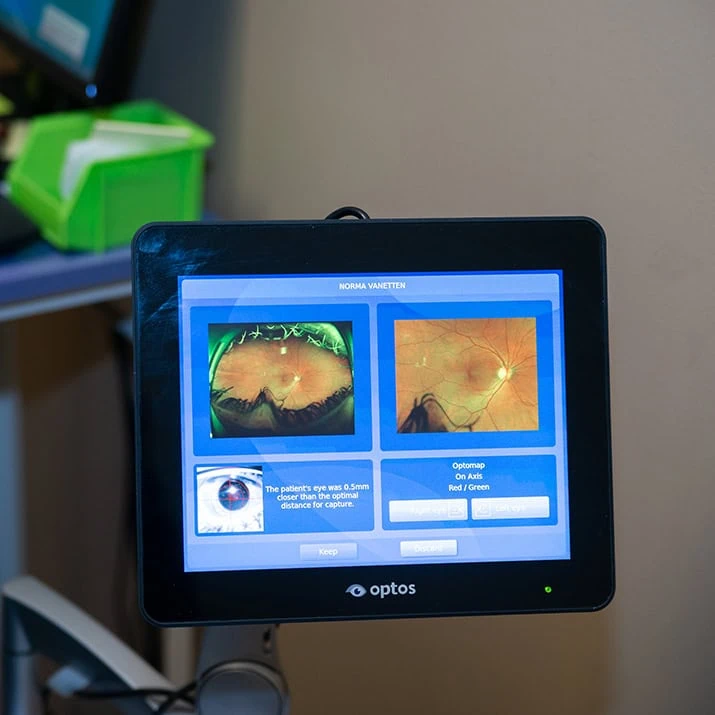Cataracts
Having cataracts can often be compared to looking out of a cloudy window or frosted surface — interfering with every aspect of your vision and making things like reading and driving a car difficult. But luckily, this condition can be treated.
Overview
What is a cataract?
Each year, cataracts affect millions of people, including more than half of all Americans aged 60 and older. A cataract is a painless clouding of the eye‘s natural lens that is caused by a buildup of protein. A cataract can form in one or both eyes. If left untreated, cataracts worsen over time and interfere with everyday activities such as reading or driving. Night vision is usually most affected. When cataracts are in their early stages, people are helped by brighter lighting. As cataracts get worse, however, most people require surgery.
What are the different types of cataracts?
There are several different types of cataracts — the most common are nuclear sclerotic cataracts, cortical cataracts and posterior subcapsular cataracts. Each type has its own set of unique symptoms and treatment options.
Nuclear sclerotic cataracts
- The most common form of cataracts, this condition begins at the center of the lens and progresses slowly, developing over the years.
- With time, the lens of your eye becomes cloudy and yellow/brown.
Cortical cataracts
- People with diabetes (type 1 and 2) are at higher risk of developing this type of cataract, which starts at the outer layer of the lens and moves inwards.
Posterior subcapsular cataracts
- The type of cataracts develops swiftly on the back surface of the lens typically over the course of months rather than years.
- People with diabetes (type 1 and 2) and high nearsightedness are at higher risk., with rapid reduction in reading vision, bright light vision and increased glare/halos at night.
Make an appointment with your doctor
The best way to catch cataracts early and prevent long-term damage is to call your doctor at the first sign of any symptoms. Annual eye exams are also a great way to ensure your eyes are in tip-top shape.
If you develop sudden vision changes, such as double vision or flashes of light, sudden eye pain, or sudden headache, see your doctor right away.
In most cases cataracts are age-related, so if you’re between the ages of 40 and 60, and start developing symptoms, visit your provider.
Symptoms
What are the symptoms of cataracts?
Cataracts tend to progress slowly and will not affect your vision until later on. However, recognizing the signs and symptoms early will allow you to start treatment and prevent any future damage.
Double Vision
When multiple images appear when there should only be one
Clouded Sight
The feeling of looking out of a foggy window or glass
Light Sensitivity
When the light level appears too bright and causes discomfort
Color changes in your vision
Yellowing of the lens in the eye during cataract formation can change your color perception
Diagnosis
How are cataracts diagnosed?
Most cataracts can be identified with a routine eye exam. Your eye doctor will test your vision, ask a series of medical history questions and examine your eyes with a slit lamp microscope to look for problems with the lens and other parts of the eye.

Treatment & Prevention
How are cataracts treated?
People suffering from cataracts can use glasses, magnifying lenses or stronger lighting to help improve their vision. But the only true way to cure a cataract is with surgery. Cataract surgery is a safe and common procedure which involves removing the clouded lens and replacing it with a silicone or acrylic lens to improve vision.
How can cataracts be prevented?
While no studies have proven how to prevent cataracts, these strategies have been shown to be helpful.